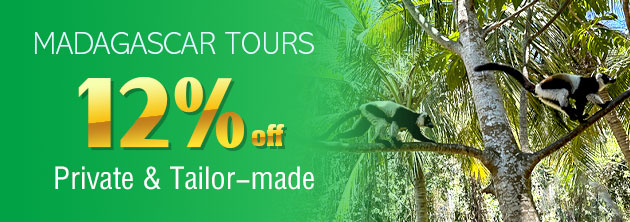Nosy Komba
Nosy Komba, located between the Nosy Be island and the main island of Madagascar, is a tropical volcanic island featuring lemurs, humpbacks, whale sharks, and vanilla. As a tranquil place with spectacular scenery, Nosy Komba has become one of the most visited islands in Madagascar.Top Things to Do in Nosy Komba
Explore Lemurs’ Paradise
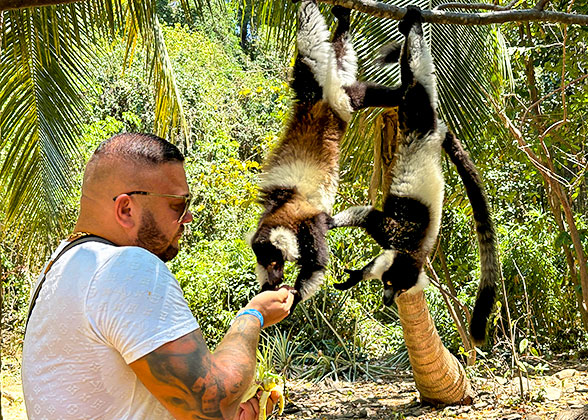
|
See Humpbacks and Whale Sharks, Two Guests of Nosy Komba
Humpbacks swim to nearby waters of Nosy Be, including Nosy Komba for a warmer and more comfortable environment and stay here from July to November. They are good jumpers and talented singers. Sometimes you see them jumping out of the seawater and showing their black and white tails, and sometimes you see them breathing and blowing out spray about 3 meters (10 feet) high. Sitting on a speedboat, you can hear them chatting with each other in their distinctive language.From September to December, whale sharks swim to nearby waters and make it possible for tourists to view them closely. Bands and spots on their bodies make them noticeable. As the largest fish in the world, they integrate a giant body size and a mild character, and they quietly swim and migrate.

|
Notes:
1. Please keep a proper distance from these marine animals in case of any fright or accident.
2. Please do not touch them.
3. Sunscreen cream is poisonous to them.
Enjoy Leisure on the Sunny Island
On this volcanic island, natural springs are a precious gift for people. The springs flow down to the sea. In the flowing processes, some of them form rivers, some become waterfalls, and others are for daily use by local people. Climbing to the 620-meter-high (2,035 feet) peak of Antaninaomby, you can enjoy a panoramic view of Nosy Komba. Sightseeing on a traditional wooden canoe is a common leisure way in Nosy Komba, and other activities including snorkeling, diving, and hiking are all your options for fun and relaxation.

|
Appreciate Other Various Species of Flora and Fauna
Nosy Komba is a habitat for 20 species of amphibians and reptiles and 20 species of birds. Biodiversity is shown both on the island and under the seawater. Chameleons, geckos, snakes, and butterflies live peacefully. Swimming in the seawater, you will find colorful coral reefs and tropical fish.With abundant sunshine and a moist and warm climate, Nosy Komba is further home to 188 species of tropical plants including 70 species of medical plants. Walking on the island, it’s easy to find palm trees, coconut trees, bamboo, and ylang-ylang. What’s worth mentioning is that a vanilla market opens in May every year. After vanilla pods become ripe in April and May, collectors all over Madagascar gather in Nosy Komba to buy this plant.
Best Time to Visit Nosy Komba
The drought season from May to October is the best time to visit Nosy Komba, because rain and unexpected typhoons may affect your tour schedules in the rainy season from November to April. In addition, the rainy season is quite moist and you may feel uncomfortable.How to Get to Nosy Komba
From 9:00 a.m. to noon, you can take a dugout canoe from Hell Ville on the island of Nosy Be to Nosy Komba, and it costs 20,000 MGA per person and takes 15 minutes.Nearby Attraction:
Nosy Tanikely is 5 nautical miles away from Nosy Komba, and it takes 15 minutes by speedboat to get here. Featuring diverse underwater fauna including marine turtles and dolphins, Nosy Tanikely has attracted many diving and snorkeling lovers.You May Like
-
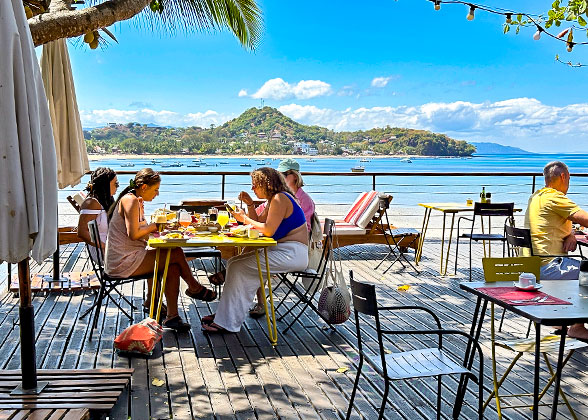 13 Days Antananarivo - Antsiranana - Amber Mount - Ankarana - Nosy Be - Andasibe - Antananarivo from USD3087
13 Days Antananarivo - Antsiranana - Amber Mount - Ankarana - Nosy Be - Andasibe - Antananarivo from USD3087 -
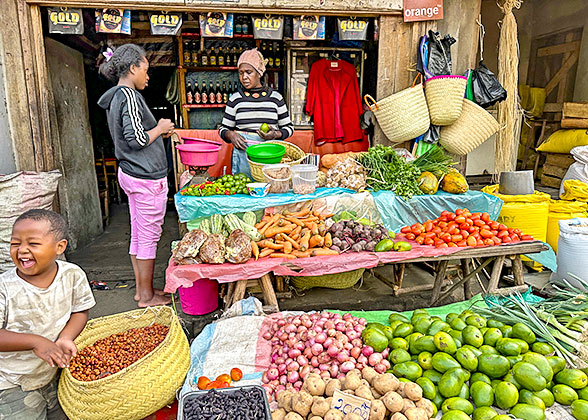 8 Days Antananarivo - Sainte Marie - Antananarivo - Andasibe - Antananarivo from USD1644
8 Days Antananarivo - Sainte Marie - Antananarivo - Andasibe - Antananarivo from USD1644 -
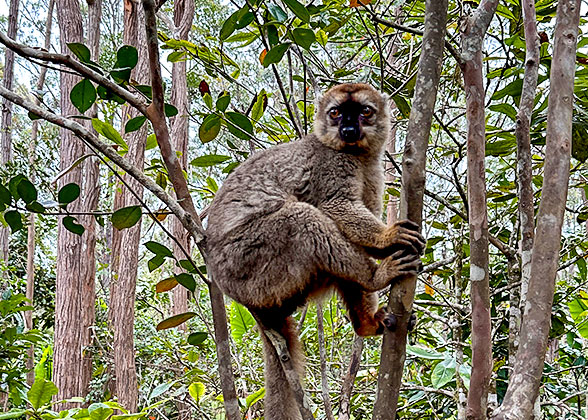 22 Days In-depth Madagascar Wildlife Adventure with Antananarivo, Morondava, Tsingy de Bemaraha... from USD5525
22 Days In-depth Madagascar Wildlife Adventure with Antananarivo, Morondava, Tsingy de Bemaraha... from USD5525

